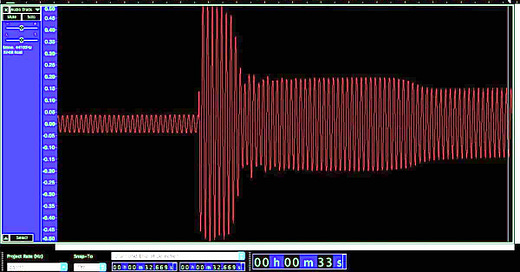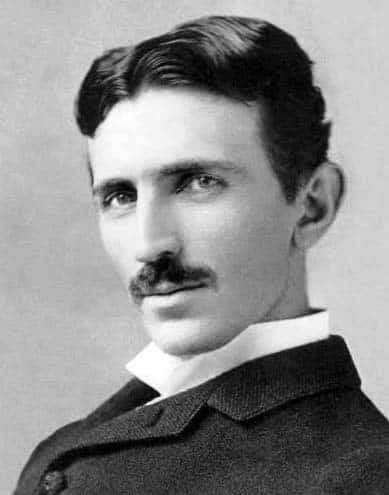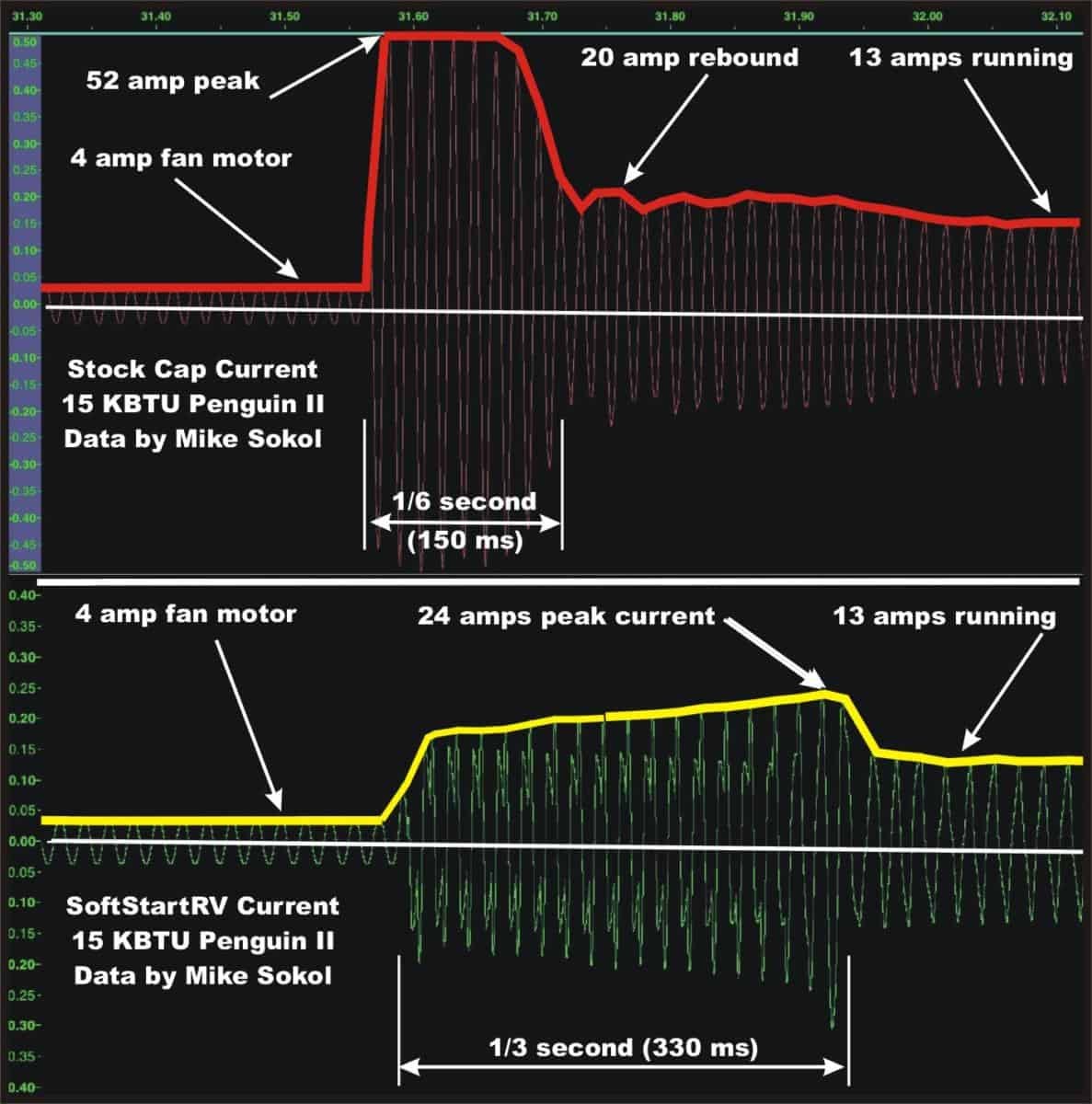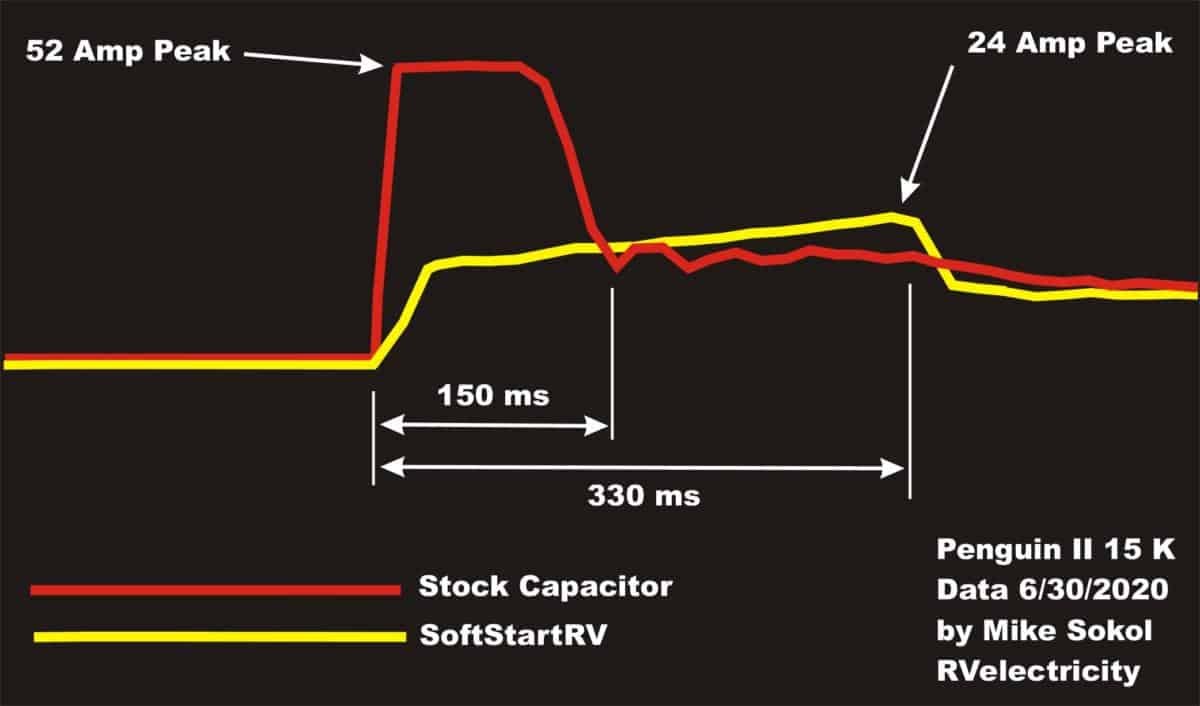The Rise of HRDL (My High Rate Data Logger)
How I invented HRDL (rhymes with turtle), which can log up to 192,000 data points a second with 24-bit resolution
HRDL (the turtle), and how I can log 192,000 data points a second with 24-bit resolution
Okay, I’m going to show you how I designed and built a high-rate data logging tool in my FunkWorks Lab five years ago. No, I will not build one for you. No, I will not help you calibrate it if you do build one. But since necessity is the motherhood of invention, I’ll cover the basics of how and why I built this High Rate Data Logger (HRDL) for my RVelectricity experiments.
Be warned that this is a very technical article, so if you’re afraid to use a meter you might want to move along. But if you’ve ever wondered just how those fancy graphs in textbooks are created, then fasten your seat belts and keep your arms and legs inside the vehicle at all times.
A quick review…
But first a quick review. A while ago I published the peak current draw results of my first experiment with SoftStartRV™. That entailed setting up a Dometic Penguin II 15KBTU air conditioner on my bench, and monitoring the power with a variety of meters I already had in my shop, including two of them that can read peak current and one that will stream amperage information via Bluetooth to my phone.
The results were interesting, but less than stunning. First of all, I could only record data points with 1/10th of an amp resolution and 5 times a second. This was enough to give me a hint of what was happening under the hood, but not enough to really know the details. And I am indeed a detail guy who wants to go out as many decimal points as possible.
My Brainstorm…
So one night I had a dream. And in it I realized that a clamp-on current transformer output could be converted from milliamps to millivolts with a few simple resistors. Then once the amperage values are converted into volts, I could capture this 60 Hz hum in a laptop computer using a basic USB I/O box anyone can buy for $100. Yup, the voltage level is exactly what’s needed to plug into the XLR microphone input on any audio interface.
Now, all this was in my head and not on paper; but just like Nikola Tesla, I knew that it would work. So after a little soldering of a few connections, I fired up my laptop with Audacity (a free audio editing software), set the resolution to 44.1 kHz and 24 bits, hit record, and started up my Penguin II air conditioner with the stock starting capacitor installed.
Beginnings…
Here is what I got on my very first data capture. Now it doesn’t look very exciting to most of you, but this was a spot-on capture of 24-bit resolution amperage levels at 44,100 times a second. Bingo! I knew I was onto something great. I named my data capture device “HRDL” for High Rate Data Logger, and kept trying a variety of current logging experiments.
So I did a few more data captures, and rewired the air conditioner with the SoftStartRV box and tried it again. I then superimposed the inrush current of the stock starting capacitor with the inrush current values with the SoftStartRV controller and got a graph that looked like this after I connected the dots on the top of the sine wave amperage readings.
And here’s what that graph looks like with a few notations to show time and amperage levels.
Keeping it simple!
And finally, I created a simple overlay graph of just the top line showing the actual inrush current curve, which shows the peak amperage comparison.
HRDL Possibilities…
What can I do with HRDL and the power of being able to capture amperage and voltage data with 24 bits of resolution up to 192,000 times a second? Well, how about the age-old question of what happens to an air conditioner current when the voltage is reduced? Or why does a campground GFCI trip with some inverter/converters and not others? Or exactly what does the current curve look like in a massive arc flash?
So stay tuned for more HRDL action from my FunkWorks Lab in the coming months. I can use this data to help RV manufacturers build better products, and that’s the most important thing for all of us.
Let’s play safe out there…. Mike










I even enjoyed your article when I read it for the second time! Great contribution Mike!
Your work is impressive and BENEFICIAL to all of us - thank you!!! ST